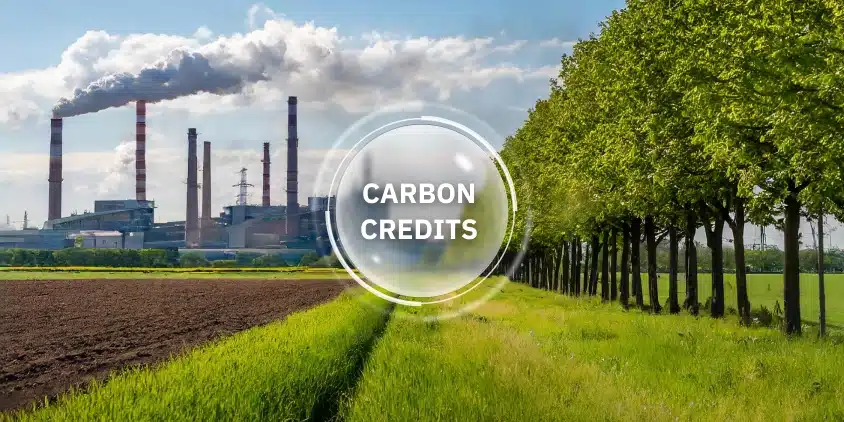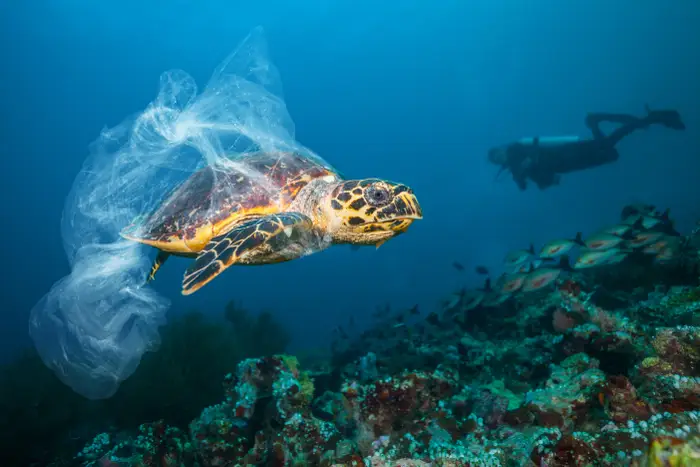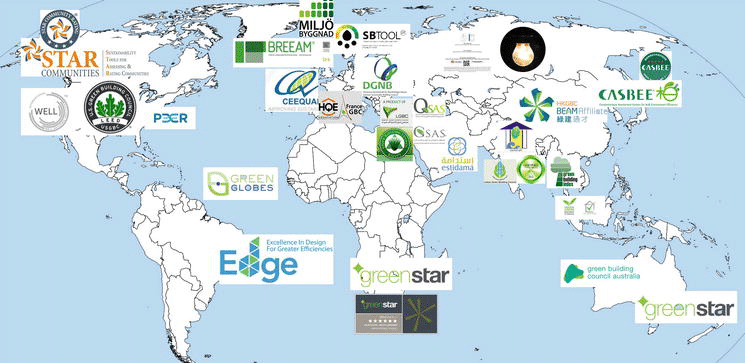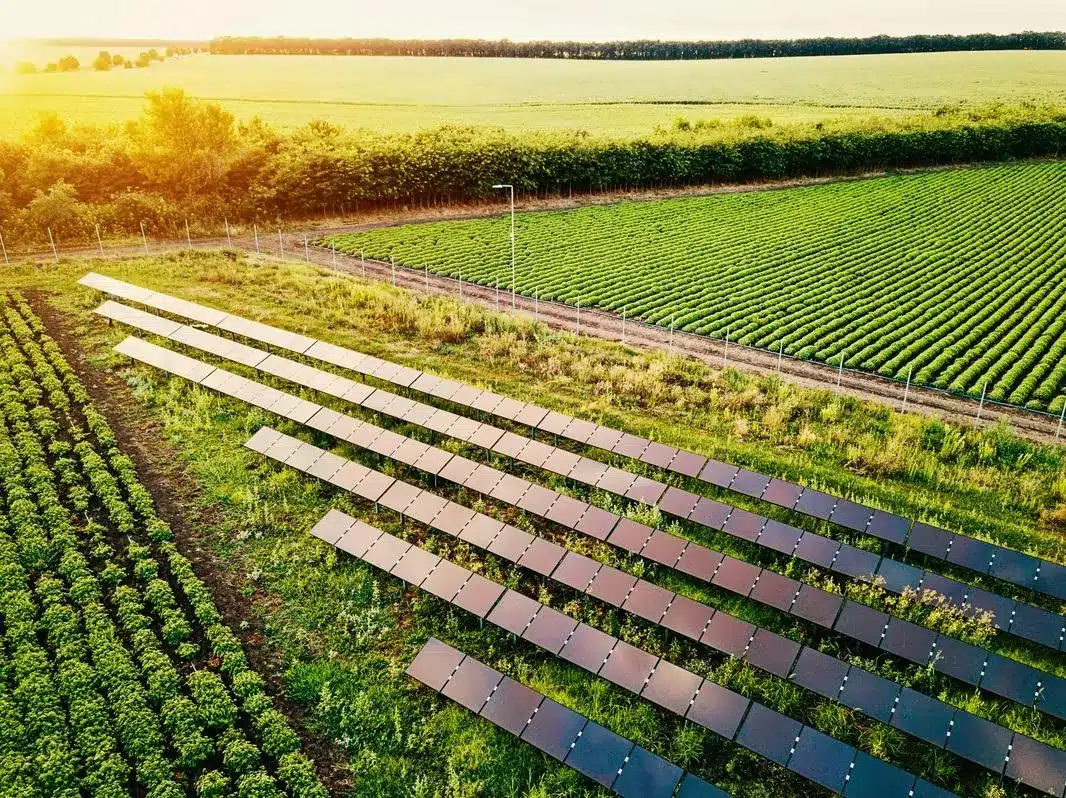Please Note: We have listed this article course as a flipbook on this page .It is for those interested in auditing the course/lesson. Please enroll in the course or get a Platinum membership and access all our courses at your leisure. This way you can report this course for Continuing Education (CE) or need a certificate. Enrolled students must take and pass the short quiz in order to earn CE credits. In addition, this course needs to be self-reported. Self-reporting information will be accessible once you complete the Quiz.
The discussion on carbon credits is held in two parts. Part one reviewed the history of carbon credits and the carbon credit mechanisms for market trading. Part two continues to delve into the status of carbon credits and their role in reducing greenhouse gas emissions. This is followed by a review of how market analysts view the future of carbon markets, the use of carbon credits, and the struggle to achieve Paris Agreement goals.
The atmospheric carbon dioxide level is now 50% higher than before the Industrial Revolution, leading to global warming and increasing ocean water acidity. Reducing greenhouse gas emissions is challenging due to the dependence on activities like fossil fuel use and industrialization that improve quality of life. Developing nations, with large populations and limited resources, face additional difficulties in addressing emissions. Central to climate mitigation efforts are carbon credits and carbon offsets. Carbon credits are tradable permits that allow emission of a certain amount of greenhouse gases, while carbon offsets involve funding projects that reduce emissions to compensate for a company’s own emissions.
What you will learn
1. Learn the differences between carbon credits and carbon offsets, and how they contribute to global climate mitigation efforts.
2. Explore the concept of marketable permits and the cap-and-trade system, emphasizing the significance of tradability in incentivizing emission reductions.
3. Examine how companies can earn carbon credits by adopting greener practices and investing in sustainable technologies, and how they can trade these credits.
4. Investigate various carbon offset projects, such as reforestation and renewable energy investments, and understand how they help balance out emissions.
5. Understand how companies can achieve carbon neutrality by balancing their emissions with equivalent reductions or absorptions elsewhere through offsets and credits.








